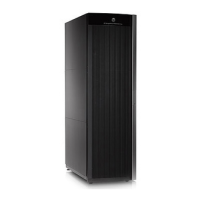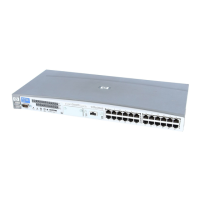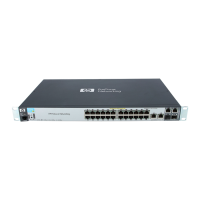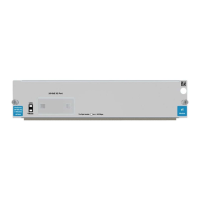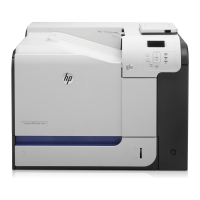Creating a Copy Group
Using the copy groups in the following figure as an example, the following describes how to define
a copy group, change the existing copy group definition, and register the copy group in the EXCTG
of the storage system.
Figure 91 Copy group example when a 3DC Cascade Configuration is Expanded to a 4x4x4
Cascade Configuration
Perform the following procedure from the primary host.
1. From the ISPF panel, define the following copy groups.
• Define a Continuous Access Synchronous Z copy group (TCG2) between the added
storage systems of the primary site and intermediate site (timestamp transfer mode:
Enabled, Continuous Access Synchronous Z Consistency Preservation Function: Use).
To enable the timestamp transfer mode, specify Y for TIMESTAMP in the Copy Group
Attributes For Container (TC) panel.
To use the Continuous Access Synchronous Z Consistency Preservation Function, specify
a consistency group ID in the Setting C/T ID Attributes panel, and then specify Y for
FREEZE SCP in the Copy Group Attributes panel.
• Define a Continuous Access Synchronous Z copy group container (TCCG) between the
primary site and the intermediate site (timestamp transfer mode: Enabled, Continuous
Access Synchronous Z Consistency Preservation Function: Use).
• Define a Continuous Access Journal Z copy group (URG2) between the added storage
systems of the intermediate site and remote site.
• Define a Continuous Access Journal Z EXCTG (UREX) between the intermediate site and
the remote site.
2. Execute the YKSUSPND command for the Continuous Access Synchronous Z copy group (TCG1)
to suspend the copy pairs.
To change the timestamp transfer mode, you need to suspend and then resynchronize the
copy pairs.
Defining a 4x4x4 Cascade Configuration 227
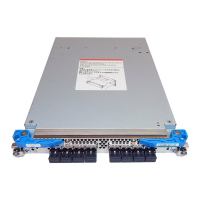
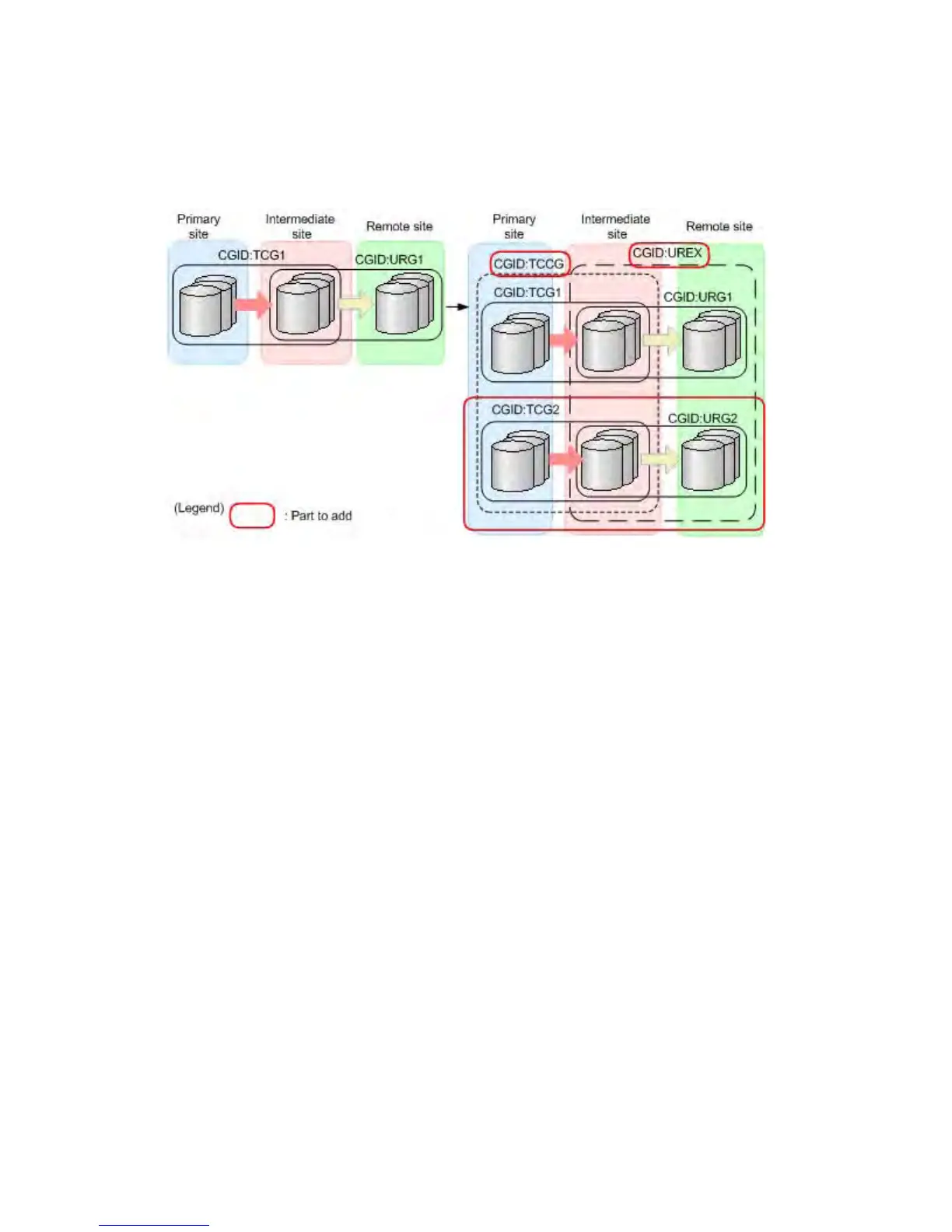